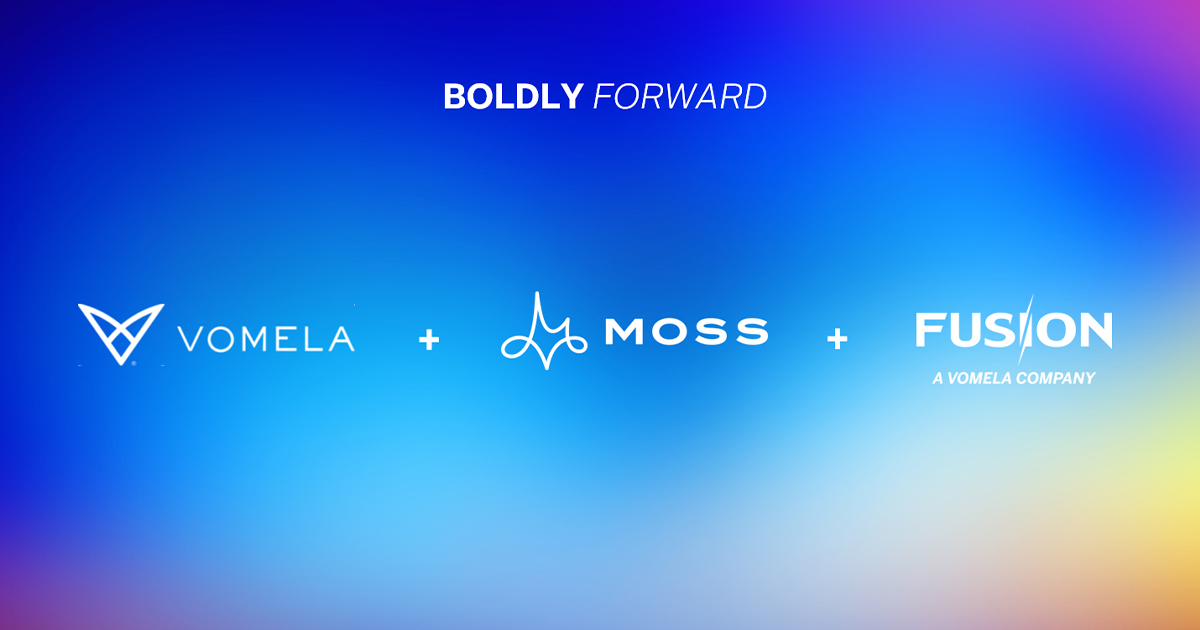
The Customer Experience: It’s A Generational Thing

COVID-19 drastically reshaped the global economy. Changes in consumer behavior that were already well underway before the pandemic accelerated, pushing them ahead by years in some cases.
Within the first three months of the pandemic, e-commerce experienced 10 years of growth in just 90 days, according to McKinsey & Company. A study by IBM found the global pandemic has accelerated the shift away from physical stores to digital shopping by roughly five years.
With this massive sea change in consumer behavior, businesses were forced to react and accelerate their digital transformation plans to survive. In many cases, the luster was wearing off the digital experience, so part of that acceleration is the goal of unifying marketing programs across all disparate silos so customers can be tracked through the full buying journey.
Ensuring that the digital customer experience is up to snuff with in-person customer experience is an imperative for organizations, since 60 percent of customers say they now have higher expectations of their digital experience than before COVID-19, according to a study by Experian.
While these trends towards digitalization and digital-centric behavior are broad across audiences, understanding how the different generations react to, and interact with, a brand’s DCX is critical to successfully targeting different age groups with data-driven marketing programs. For one, not all consumers are digital enthusiasts. Each generation has varying preferences and biases that inherently affect what kind of messaging, and in what form, they will react positively to—as well as what they will steer clear of.
Businesses must pay close attention to generational differences. A recent IBM report found that the benefits from advancing digital transformation initiatives could be more difficult to achieve than previously thought. The report found that many executives have miscalculated how much generational differences affect online engagement with the digital experience.
When creating their digital customer-journey maps, forward-looking marketers will leverage generational audience segmentation to help predict consumer behaviors and create the appropriate targeted messages for different personas.
Gen Z
Gen Zs are digitally native and incredibly tech savvy. To get an idea of just how tech heavy this group is, note this Boss Magazine report that indicates 40 percent say they are addicted to their devices. In general, Gen Z was able to navigate the pandemic better than other generations since they were already comfortable with digital and tech. Gen Z is entrepreneurial and wants to be more in control of their lives, with 54 percent stating that they want to start their own company to achieve more personal independence.
Millennials
Millennials have taken it on the chin disproportionately during the pandemic compared with other generations. According to CNBC, 35 percent of Americans between 18 and 29, and 30 percent between 30 and 49, say their household has lost a job during the pandemic. Millennials have a lot on their shoulders raising families in an uncertain job marketing and unpredictable economy, so they are suffering high rates of stress, depression, and anxiety. Millennials overall do not trust traditional advertising, and their distrust of institutions has grown over the past year. Brands should focus on delivering quality and valuable customer-centric content for this segment, as 84 percent of them say useful content impacts their purchase decisions, notes BazaarVoice.
Gen X
Gen X weathered the pandemic reasonably well when compared with other generational segments. They were not hit as hard with unemployment as millennials and were able to maintain more economic stability. While Gen X is digital and tech savvy, many came to age prior to the digital revolution and can bridge the gap between Millennial and Boomer in terms of fondness for traditional communications. With many Gen Xers now working remotely full-time or in a hybrid model, they will be good prospects for more traditional marketing techniques, such as direct mail or targeted email.
This is backed up by the “Journal of Consumer Research,” which found in a 2017 study that physical experiences evoke a tacit human connection that digital experiences often fail to deliver. The study also found that physical products and experiences fulfill a need for control and ownership that the digital equivalent struggles to replicate.
Boomers
While some truths are self-evident—such as that Gen Z and Millennials prefer digital interactions, while Boomers prefer in-person interactions—the reality is that 72 percdent of adults aged 50-64 regularly use social media, according to Pew Research. The truth is baby boomers are not as technologically adverse as some may think.
The pandemic has pushed boomers into all types of new and expanded behaviors, some physical and some digital. Boomers increased grocery curbside pickup by 431 percdent and restaurant pickup orders by 300 percent, but also increased telehealth interactions by 469 percent, according to some reports.
Boomers are an important demographic to target. With huge numbers and hefty resources, they account for most of the discretionary spending in the economy. It’s also clear that the pandemic is not slowing down their buying habits, with only 6 percent of Boomers saying they were planning to cut back on spending due to current conditions.
Boomers want to trust you and be guided clearly, so employ fact-based messaging to help drive decision-making for them and develop easy-to-use and intuitive digital experiences—along with appropriate physical experiences—to help convert them to a sale.
Conclusion
All consumers, whether they are B-to-2C or B-To-2B, and all generational segments, are becoming digitally savvy and digital-centric, either through desire or necessity. Tailoring your digital customer experiences to their preferences and inherent biases will ensure your marketing programs are customer-centric, enabling you to successfully message or convert them to an action or sale.
But remember: While digital is clearly the way of the future, the reality is the technology is expensive to run and maintain, and resource heavy to manage. For different demographic groups, a best-of-breed hybrid solution that includes more traditional marketing programs used in tandem with advanced digital programs and analog elements might be the optimal solution for your business and customers—today and tomorrow.
Brian Carlson is a digital experience expert focused on the intersection of content, technology, and marketing and how they affect the overall customer experience. He is the founder of RoC Consulting.



